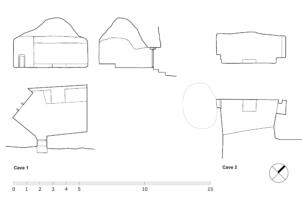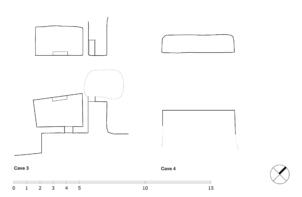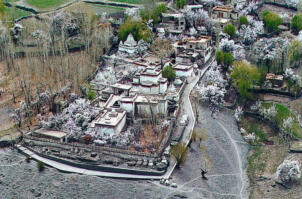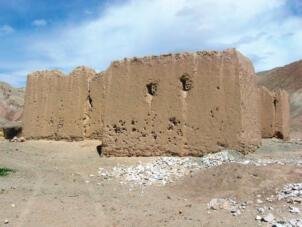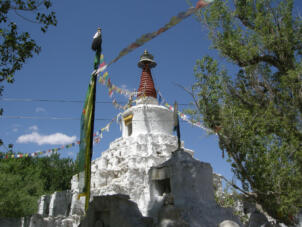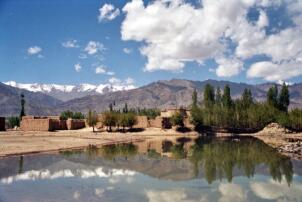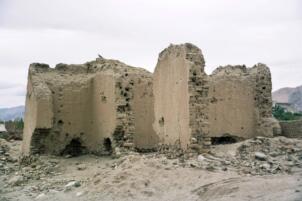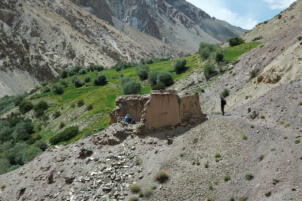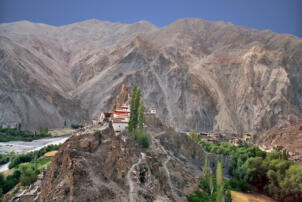Ladakh
Saspol

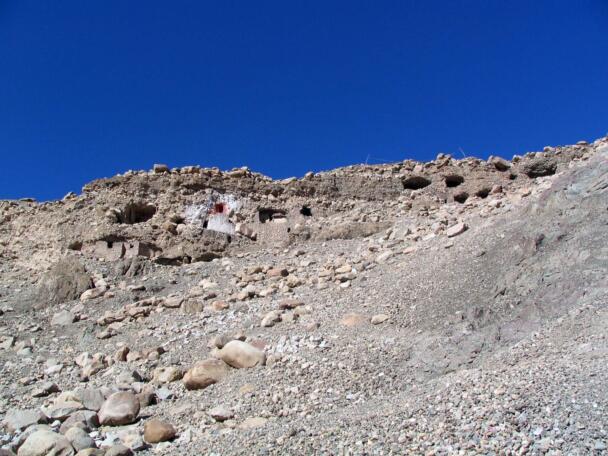
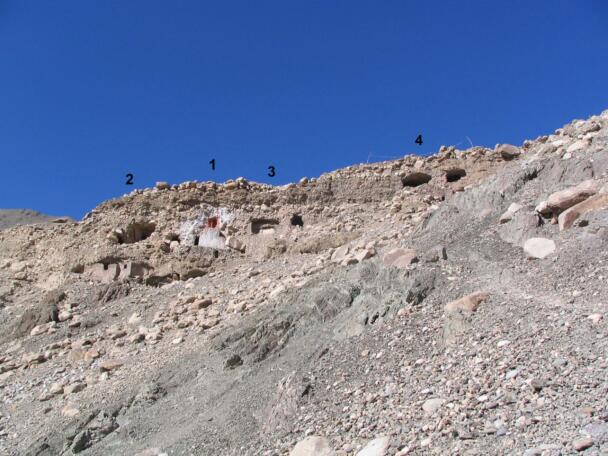


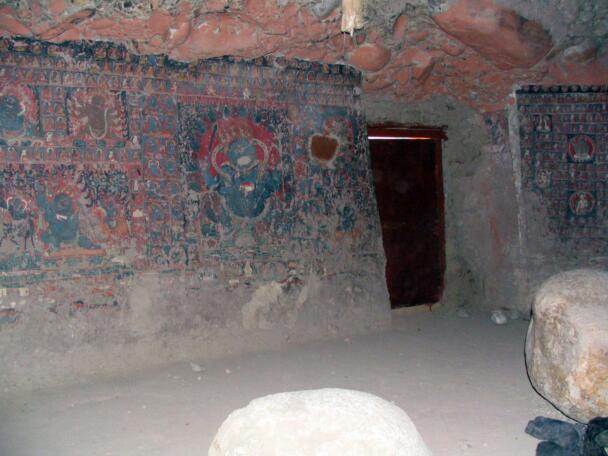
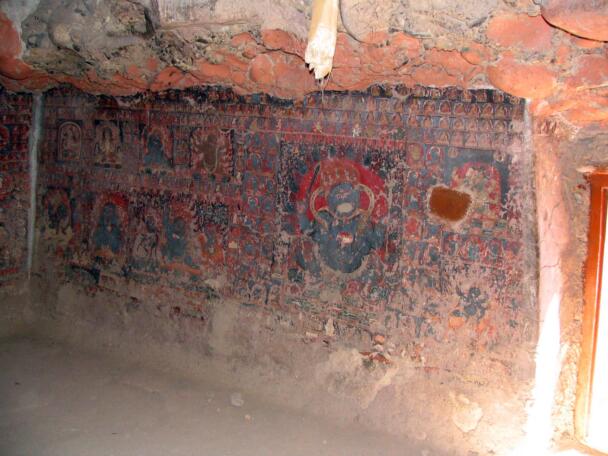
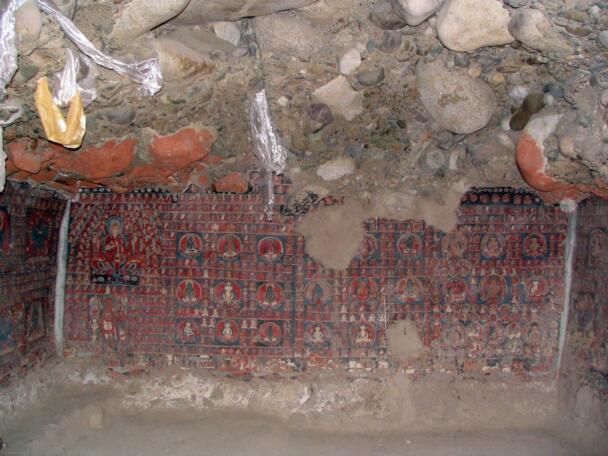


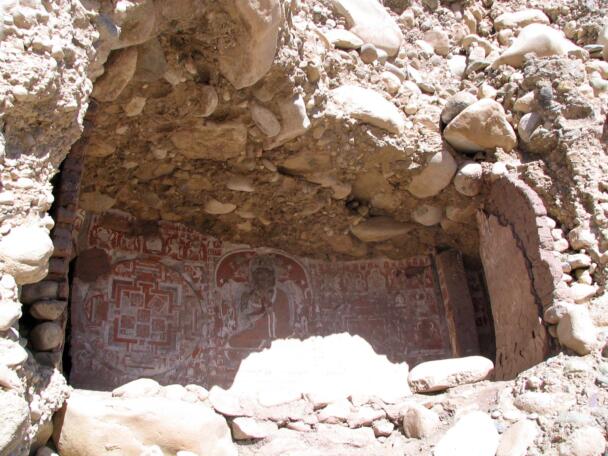
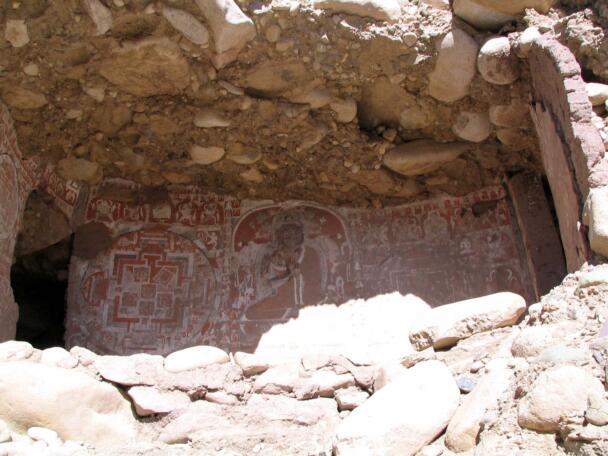
The cave temples of Saspol
Coordinates of the site: 34°15’1.91″ northern latitude and 77° 9’34.52″ eastern longitude at an altitude of 3191 meters.
The village of Saspol is located about 40 kilometres (airline) northwest of Leh on the northern bank of the Indus River. The cave temples are situated in a nearly vertical rock out of conglomerate in the north-west of the village, which is littered with several caves. On the hill nearby an imposing castle ruin emphasises the importance of the site. From this fortress the Alchi temple complex at the opposite river bank can be seen. The cave temples demonstrate an exception concerning temple typologies in the Western Himalaya. The caves that once were connected with hermitages are decorated with brilliant wall paintings. The caves of Saspol are a well preserved example of this type. The main temple (no.1) in the middle was originally difficult to access, nowadays there are stairs which make the access easier. This temple is a simple, compact room which is covered with wall-paintings of high quality. The ceiling is a natural vault, the walls have been rectified and prepared with clay for the paintings. The temple left to the main temple (no.2) is open to the front like a niche. The wall-paintings are very much bleached out however the original paintings can be recognized. An adjoining smaller room shows no decoration. The cave at the right of the temple (no.3) is smaller and special because it is the upper floor of a two-storeyed cave. Due to the wall-paintings the wall with the entrance has been added later. The fourth cave temple (no.4), which is located afield and higher, is similar to the outmost left temple in its shape of a niche. Though the ceiling collapsed, fragments of paintings have survived.
Interior decoration
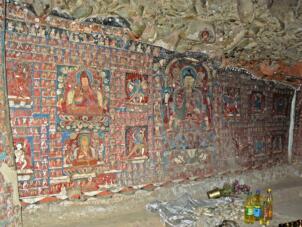
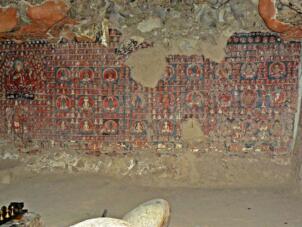

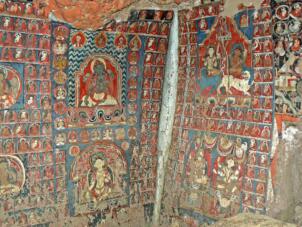
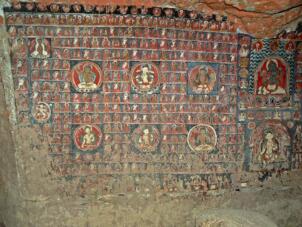

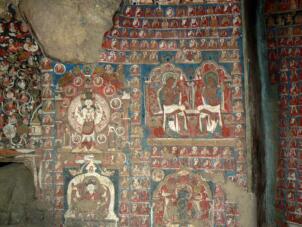
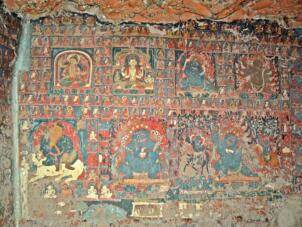
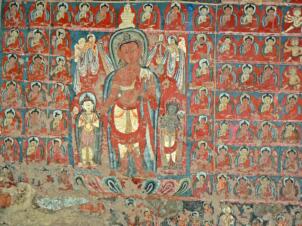
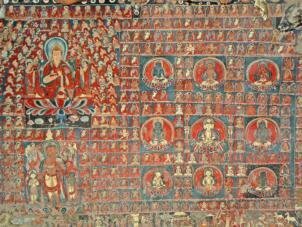
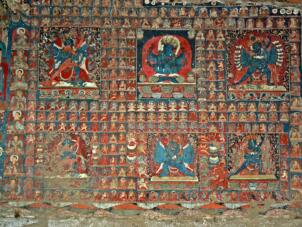
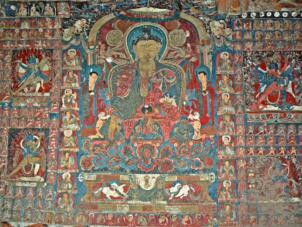
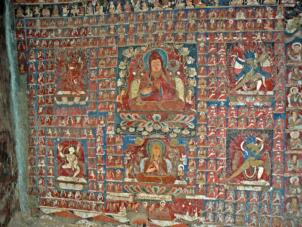
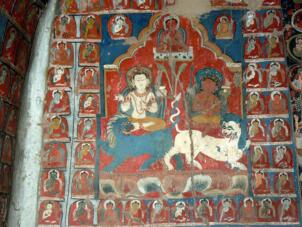

More from
